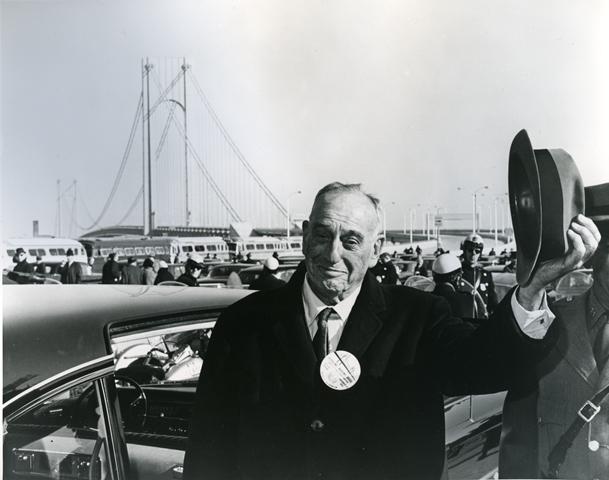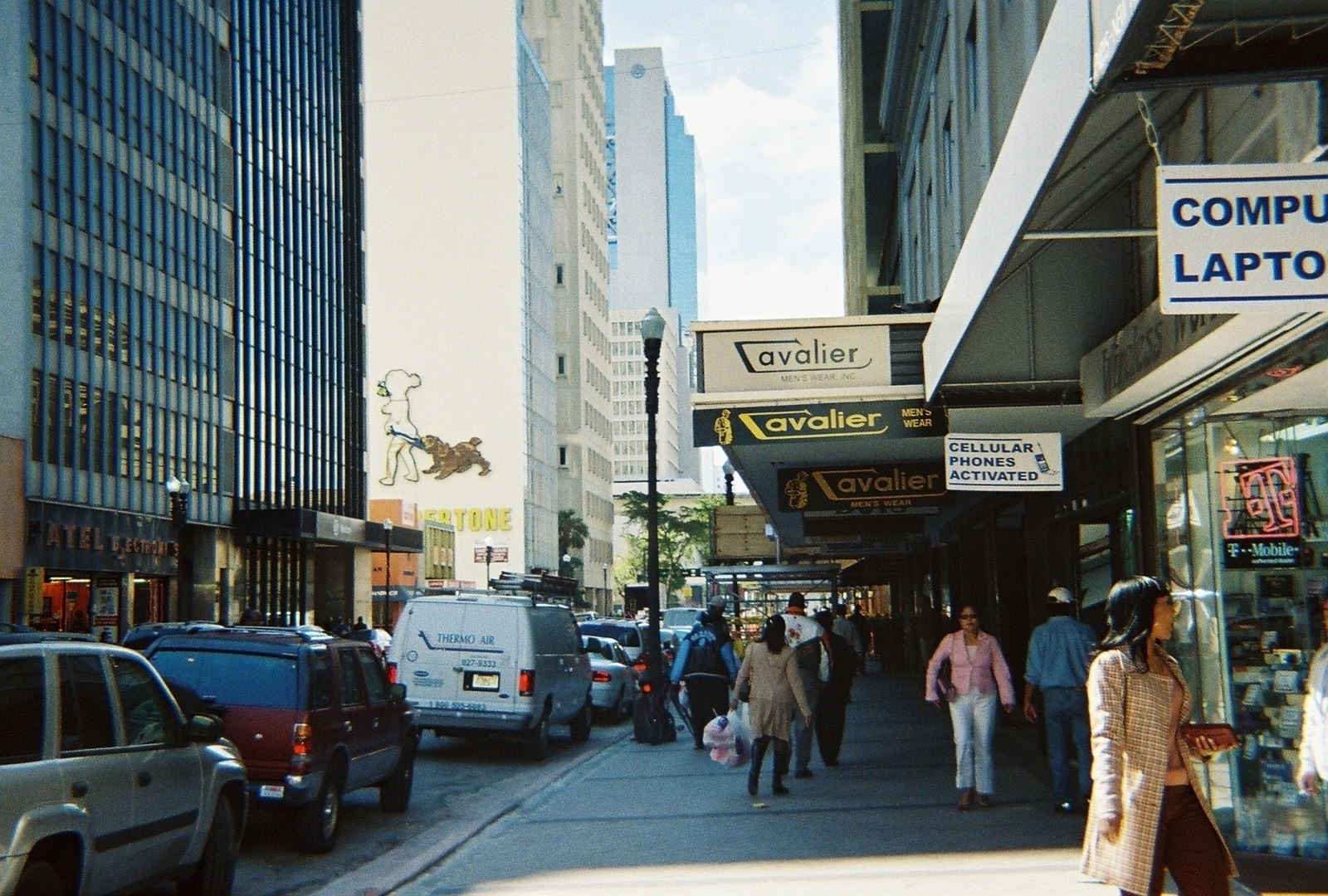In light of Smart Cities Week, we’re updating this post from March about the role of smart technology, people, and successful cities.
The growing appreciation of the importance of cities, especially by leaders in business and science, is much appreciated and long overdue. Many have embraced the “smart city” banner. But what does that mean?
People tend to see cities through the lens of their own profession. CEOs of IT firms say that cities are “a system of systems” and visualize the city as a flow of information to be optimized. Physicists have modeled cities and observed relationships between city scale and activity, treating city residents as atoms and describing cities as conforming to natural “laws.”
In part, these metaphors reflect reality. Information flows and physical systems are an important part of what makes cities work. But cities are also something more—and their residents need to be viewed as something other than mindless atoms to be optimized.
The prescriptions that flow from partial and incomplete metaphors for understanding cities can lead us in the wrong direction if we’re not careful. The painful lessons of seven decades of highway building in U.S. cities is a case in point. Led by people like New York’s master builder, Robert Moses, we took an engineering view of cities, one in which we needed to optimize our transportation infrastructure to facilitate the flow of automobiles. The massive investments in freeways (and the rewriting of laws and culture on the use of the right of way) made cities safer for long-distance, high-speed—but at the same time produced massive sprawl, decentralization, and longer journeys, and eviscerated many previously robust city neighborhoods.

If we’re really to understand and appreciate cities, especially smart cities, our focus has to be elsewhere: it has to be on people. Cities are about people, and particularly about bringing people together. We are a social species, and cities serve to create the physical venues for interaction that generate innovation, art, culture, and economic activity.
So what does it mean for a city to be smart?
Fundamentally, smart cities have highly skilled, well-educated residents. We know that this matters decisively for city success. We can explain fully 60 percent of the variation in economic performance across large U.S. metropolitan areas by knowing what fraction of the adult population has attained a four-year college degree. There’s strong evidence that the positive effects of greater education are social—it spills over to all residents, regardless of their individual education.
Educational attainment is a powerful proxy measure of city economic success because having a smart population and workforce is essential to generating the new ideas that cause people and businesses to prosper.
So building a smart city isn’t really about using technology to optimize the efficiency of the city’s physical sub-systems. There’s no evidence that the relative efficiency of water delivery, power supply, or transportation across cities has anywhere near as strong an effect on their success over time as does education.
It is in this process of creating new ideas that cities excel. They are R&D facilities and incubators, and not just of new businesses, but of art, music, culture, fashion trends, and all manner of social activity. In the process Jane Jacobs so compelling described, by juxtaposing diverse people in close proximity, cities produce the serendipitous interactions that generate what she called new work.

We don’t have an exacting recipe for how this happens. But we do know some of the elements that are essential. They include density, diversity, design, discovery and democracy.
Density. The concentration of people in a particular place. Cities, as Ed Glaeser puts it, are the absence of space between people. The less space, the more people, and the greater the opportunities for interaction. Cities are not formless blobs; what happens in the center—the nucleus—matters, because it is the place that provides key elements of identity and structure and connection for the remainder of the metropolitan area it anchors.
Diversity. We have abundant evidence that a more diverse population—by age, race, national origin, political outlook,and other qualities—helps provide a fertile ground for combining and recombining ideas in novel ways.
Design. We are becoming increasingly aware that how we populate and arrange the physical character of cities matters greatly. The arrangement of buildings, public plazas, streetscapes, and neighborhoods matters profoundly for whether people embrace urban spaces or abandon them. We have a growing appreciation for places that provide interesting variety and are oriented to walking and “hanging out.”
Discovery. Cities are not machines; citizens are not atoms. The city is an evolving organism, that is at once host to, and is constantly being reinvented by, its citizen inhabitants. A part of the attraction of cities is their ability to inspire, incubate, and adapt to change. Cities that work well stimulate the creativity of their inhabitants, and also present them all with new opportunities to learn, discover, and improve.
Democracy. The “mayor as CEO” is a tantalizing analogy for both mayors and CEOs: CEOs are used to wielding unitary, executive authority over their organizations, and many mayors wish they could do the same. But cities are ultimately very decentralized, small “d” democratic entities. Decision-making is highly devolved, and the opportunities for top-down implementation are typically limited. Citizens have voice (through voting) and the opportunity to “exit” by moving, appropriately limiting unilateral edicts from City Hall. Cities also give rise to new ideas, and when they work well, city political systems are permeable to the changing needs and values of their citizens—this is when many important changes bubble up.
All of these attributes of cities are susceptible, at least in part, to analysis as “information flows” or “systems of systems.” They may be augmented and improved by better or more widespread information technology. But it would be a mistake to assume that any of them are capable of being fully captured in these terms, no matter how tempting or familiar the analogy.
Ultimately, when we talk about smart cities, we should keep firmly in mind that they are fundamentally about people; they are about smart people, and creating the opportunity for people to interact. If we continuously validate our plans against this key observation, we can do much to make cities smarter, and help them address important national and global challenges.
